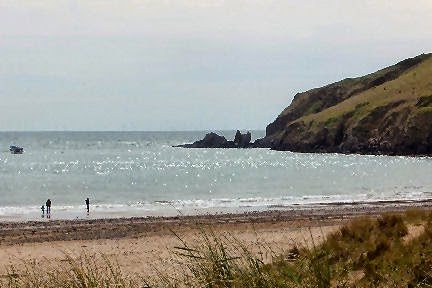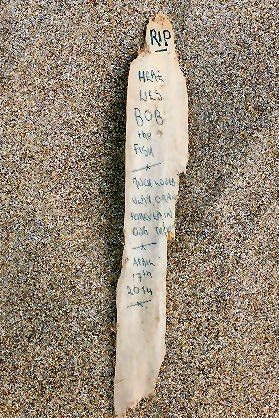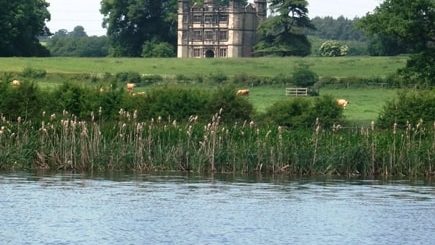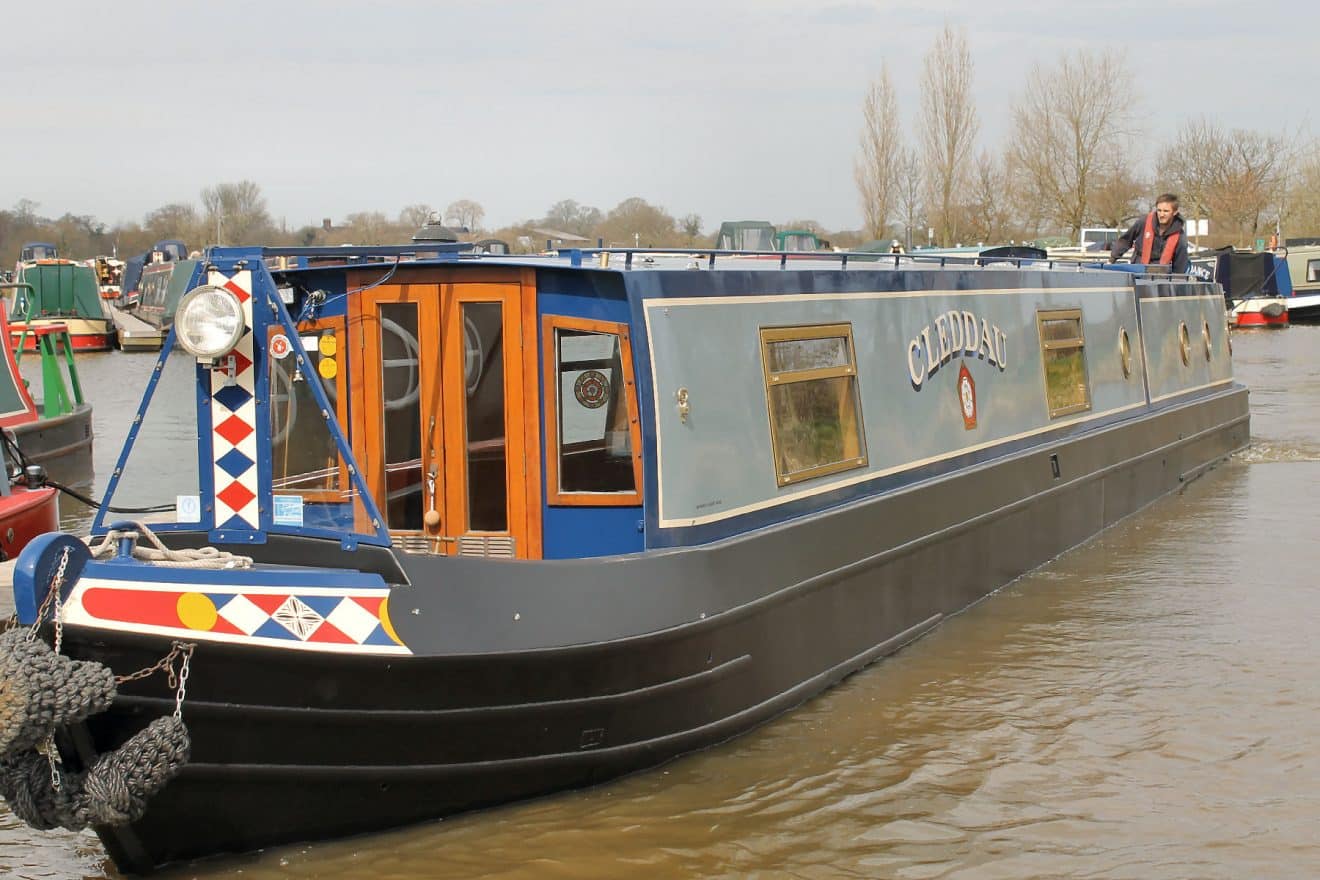Remember when…
Sightings again of the Cleddau Bridge… though on this occasion many were from the River Cleddau’s northern shore.
Accommodation was in Neyland, which once (as New Milford) was destined to be a major port for transatlantic passenger liners. Down on the hard is an impressive statue (not of Kenneth Branagh of Olympic Opening fame) but of Isambard Kingdom Brunel ,
who in 1856 brought the Great Western Railway from Haverfordwest right up to the deep waters of the Milford Haven.
It was a weekend of nostalgia, centred on the gathering of 180 past pupils of Pembroke (Dock) Grammar School. From far and wide, from entry years 1935 to 1971 they had come, all with memories of their long ago school days.
The function room of the Cleddau Bridge Hotel
buzzed and hummed with conversation and laughter.
Long school photos lined the walls, pencils were provided for annotation – and yet more faces were identified
for transfer onto the Penvro website.
Though there had been a similar event four years ago many folk there on Saturday had encounters with friends not met for decades. In the intervening days snippets of those conversations pop back into the mind.
“Didn’t you have sisters? Are they all here?”
“My mother’s 99 now, reads six books a week and does NOT want a card from the Queen next year…”
“I’m in touch with him, but it’s just Boy Stuff on email.”
Remember the Young Farmers’ Club – and the competitions?”
“Lived in Germany for 12 years…”
“I remember your parents…”
“She lost her husband…”
There was talk of inspirational teachers, of being given a good start, of japes that were played.
“Do you remember the rugby trip when someone had peroxide poured on his hair…?” Aah, rugby. The Captain had a good rugby evening, he and the 1964 1st XV forwards pack deep in nostalgia. Injuries were recalled – and ignominy too. “Do you remember how we got thrashed by that Valleys school? That three- quarter, couldn’t get near him, Barry John it was.” BARRY JOHN!
Four years ago author Terry Darlington was there. His first book Narrow Dog to Carcassonne describes his narrow boat cruise from Staffordshire to the Mediterranean. This time prolific author Phil Carradice
was among the crowd. He and the Captain, primary and grammar school classmates, had been rugby team mates too.
The evening rolled on, the bar doing brisk trade. Two past pupils had come from California, one from Switzerland. Buffet finger food, coffee, Welsh tea, Welsh cakes, raffle time. Then, in a fitting finale, came the hwyl: Jean Shore (now Brown), as if still House Captain conducting her Eisteddfod choir, led the massed voices in the school’s unofficial post Speech Day song,Green Grow the Rushes O.
Far out west the two small towns and the surrounding villages have long had a strong sense of identity. All but surrounded by sea, just connected to Carmarthenshire to the east, it was a long way from anywhere else. Fifty years ago car ownership was less common, dual carriageways and motorways an unknown feature in the West Wales landscape and the big towns of Swansea and Cardiff a rare and costly expedition away. Many past pupils still feel a strong rootedness with the area. “I come back, every year,” said one, “though there are no family here – but I just walk across the beaches and truly relax.”
“Remember when … remember when we were kids and after school we could just go out to Fresh!” a one-time classmate had prompted.
Fresh – Freshwater East, that is. Summers were spent here, larking in the dunes, scrambling on the rocks, swimming in the sea, surfing in the waves. You cannot drive all that way (250 miles) without a diversion to gaze again across Freshwater East’s beach to Trewent Point
and the headlands of Swan Lake and Manorbier.
There was a stroll across the sand on Sunday morning. The tide, just on the ebb, had deposited potential firewood
– and, grotesque sight,
a Portuguese man o’ war. Further along on the sand was this unexpected epitaph.
And at foot level too, an hour or so and about five miles later, was a plaque.
It was at the site of Stackpole Court, which in its 19th century heyday had overlooked this flooded valley, crossed by the Eight Arched Bridge.
Remember when it was pulled down…? Yes, locals were appalled in 1963 when due to tax and repair costs the fine house was demolished,
its rubble sold as foundation for the new refinery. The glorious woods, lily ponds and estate are now in the hands of the National Trust.
Onward around the coast: past Freshwater West, the road verges and parking areas packed with surfers’ campervans.
On along Angle’s single pretty village street to West Angle Bay. Mid-afternoon the bulky Irish ferry was powering out of the Haven,
passing St Ann’s Head, en route to Rosslare.
A place for a good evening view is The Jolly Sailor at Burton. Watch the boats; watch the dogs in the water; watch the children crabbing with hooks and lines. Look upstream, see the deep water of the River Cleddau, deep enough in wartime to berth naval vessels.
Walk out along the pontoon.
Look downstream, past the bridge, see the industry and the wind turbines. And see too those houses to the left, under the bridge. If you have the stomach for it read what happened during the Cleddau Bridge’s construction in 1970…
After a weekend of remembering and socialising with family and past schoolmates it was time to return home. An accident on the A449 near Usk had closed the usual route, which is why the car was near Gloucester when it was brought to an unplanned halt. “Remember when we last had a puncture?” the Captain said, having changed a rear nearside tyre by the side of the M5.
It was three and a half years ago, on the M1, near Leicester… Well, that’s one unlikely occurrence once back on the boat!*
*Higher Poynton (Macclesfield Canal) to Bedford (River Great Ouse) – cast off due in ten days’ time!
























Recent Comments